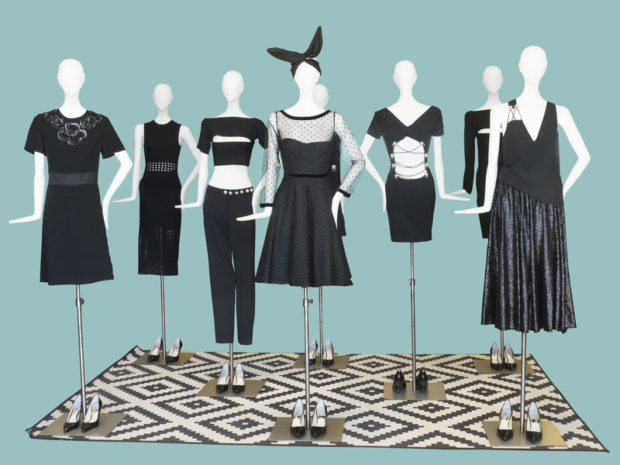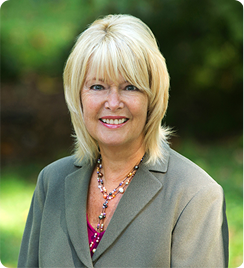
To become an entrepreneur requires much enthusiasm, imagination and execution. If truth be told, we’d all probably prefer to be our own boss and create our special business. A common belief is that running your own business is fun all the time. What I hear from entrepreneurs is they enjoy parts of their work and dislike others. Just as employees do.
So why take that risk? Why stick your neck out to give up security for the unknown? As we saw last month, Marion, the bank VP, is wondering just that. Financially, if she continues for 10 more years in her current position, she will be able to retire with a good monthly income. Then at 60, what will her lifestyle be?
How will she spend her time, Marion wonders. Her mind drifts back to her clothes designing interest. “That’s how I want to spend my time now. I don’t want to wait 10 years in the future”. The thought of remaining with the bank for 10 more years is agonizing to Marion. She wants a plan to leave, but leave in a way that preserves her investment and prepares her for a more satisfying future.
The results from Marion’s financial health analysis detail her income, expenses, debts and assets. In preparation for this career change, Marion vows to pay off her debts, lower her expenses and save more. If she leaves the bank now, she will have a retirement account for the future. But she doesn’t want to deplete that money for her current personal expenses. If she stays, that account will grow.
Marion concludes she needs her bank salary to survive. She cannot quit and fund a new business without substantial savings or a benefactor. Rather than being discouraged, Marion is inspired to start a part time business on the side. She wants to answer some vital questions: do I really like doing design work, is there a demand for my creations, and can I make a profit at this?
“Do not go where the path may lead, go instead where there is no path and leave a trail”
Ralph Waldo Emerson
Marion decides she needs role models, people who are successful at designing and selling clothes. She wants to learn from people who do the creative work as well as the business side. She did some informational interviewing in Italy and now will contact professionals in her community as well as in U.S. fashion capitals. She uses her contacts and her knowledge of the field to come up with a list of people to call.
This outreach into an unfamiliar business community provides Marion an entree into her desired field. People contacted are generous about sharing their advice, support and start-up lessons. Just like with Positano, Marion is thrilled to talk business with these professionals. They share the same “fire in the belly”. Marion comes away with possible models for her design business. She shadows owners and offers to assist them where possible.
What results is a preliminary collaboration with a design firm that needs production assistants. In addition Marion is able to use their facilities to produce some of her own samples. Once she has a portfolio of dress designs, Marion explores her distribution options. Building on the advice of her mentors, she chooses two delivery methods: one is direct sales at a local market and the other is consignment to a nearby boutique.
Marion isn’t making a profit yet. But she is learning the parts of the business needed to excel on her own. And she discovers that design is the aspect of work she prefers. Sewing feels like a mechanical exercise that she would rather hand off to someone else.
As Marion grows her reputation, her products show up in more boutiques locally and nationally. She hones her signature style and receives requests for custom work. She continues to work at the bank to pay personal bills, but her business gradually becomes self supporting. At the bank Marion develops a special interest in small business funding and is able to create a department specializing in micro loans to new entrepreneurs.
The satisfaction from helping others implement their dreams as well as following her own allows Marion to stay on a path which will lead one day to leaving the bank and working solely for herself. The years of experience and exposure will ensure a smooth transition into her next act.
“Everyone who achieves success in a great venture solved each problem as they came to it. They helped themselves and they were helped through powers known and unknown to them at the time they set out on their voyage. They kept going regardless of the obstacles they met”
W. Clement Stone
Invest in your dream:
Choose your business niche
Join your community
Learn all you can
Ask to work collaboratively
Create your mark
Enjoy the innovation
Make your unique way and see you on the path!





 Remember Bob Dylan’s song “The Times They are A-Changin”? That was the 60’s, but people today appear to be in a swirl of change also. Is it just me or is technology changing so fast, it’s hard to keep current? Oh, I know the kids seem to be on top of it, but what about their parents or their grandparents?
Remember Bob Dylan’s song “The Times They are A-Changin”? That was the 60’s, but people today appear to be in a swirl of change also. Is it just me or is technology changing so fast, it’s hard to keep current? Oh, I know the kids seem to be on top of it, but what about their parents or their grandparents?






